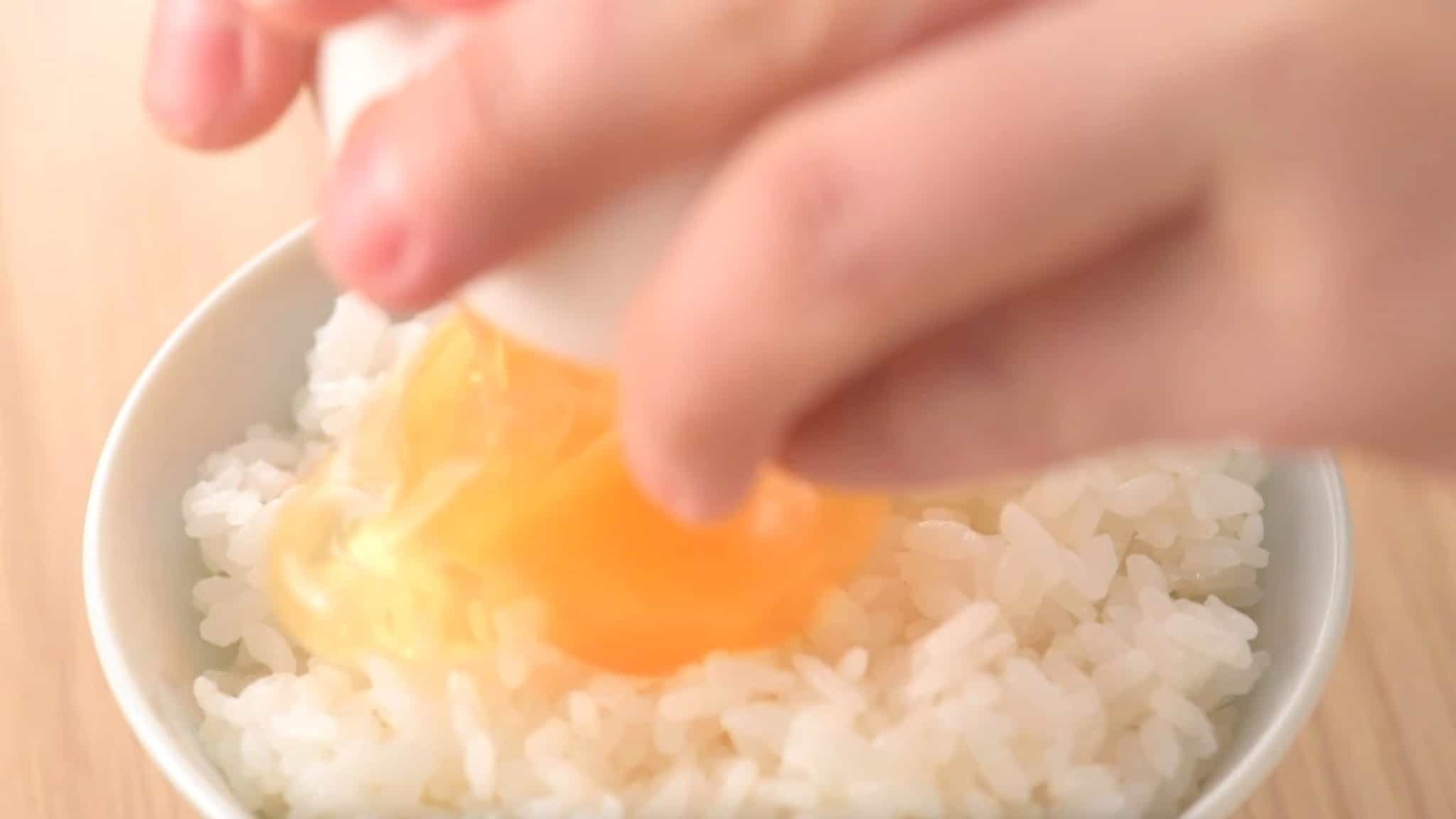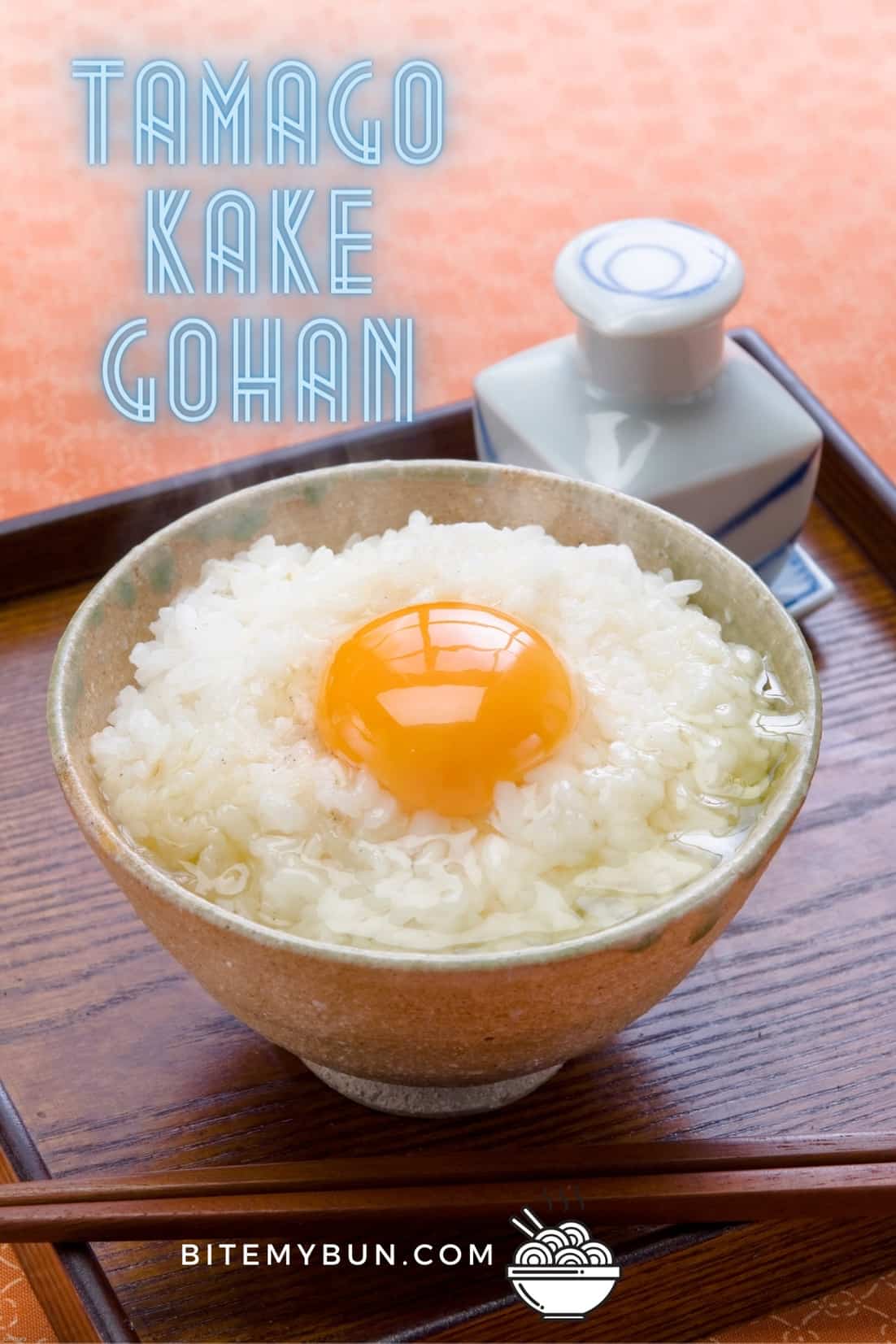Why do the Japanese put Raw Egg on Rice? Is it safe?
Eating raw food is part of Japanese culture.
If you have ever been to Japan or to any Japanese restaurant, you probably have come across sashimi.
That’s certainly raw! It’s basically a thinly sliced piece of raw fish, or raw meat, including chicken, beef, and horse.
Aside from raw meat, people in Japan are also known for eating raw eggs. Why do they put raw eggs on rice, and is it safe?

Let’s find out.
If you’re more of a watcher than a reader, like me, check out my video on this very topic. I’ve put some funny visuals in there so it should be a good laugh as well as give you all of the info :)
Japanese love eggs and they consume an insane amount of them every day.
They usually put eggs on top of white rice, forming a dish called Tamago Kake Gohan.
Tamago Kake Gohan or TKG is commonly served as breakfast and Japanese people love it.

Here’s why.

Check out our new cookbook
Bitemybun's family recipes with complete meal planner and recipe guide.
Try it out for free with Kindle Unlimited:
Read for freeWhy do the Japanese Put raw eggs on Their Rice?
Eggs are naturally rich in protein, iron, potassium, omega 3, DHA, and vitamins A, B, and D.
While research suggests that cooking eggs can help our body absorb its protein content faster, the process also destroys about 20% to 30% of eggs’ vitamin content.
So, aside from the fact that it is part of their tradition, Japanese people also believe that they get more nutrients from eating raw eggs.
Is it Safe to eat raw Eggs in Japan?
Are people in Japan not scared of catching salmonella infection from consuming fresh eggs?
Direct answer: YES, they are also scared.
But since eating Tamago Kake Gohan and other raw egg-based food is so loved in Japan, the Japanese government has imposed strict procedures and regulations for egg production.
Egg farms in different prefectures across Japan follow the generational method for producing eggs.
It means that the eggs come from the same farm as their parents, grandparents, and great grandparents.
This procedure makes it easier to trace the farms that produce contaminated eggs.
Furthermore, egg farms in Japan are usually located near major roadways and are in close proximity to each other.
So, in case of disease outbreaks, it is easier to control them.
Japanese egg farms are also more advanced as compared to farms found in the United States and other countries. Only authorized workers can get inside, and they must be wearing uniforms.
Chickens are also fed special feed to help them produce more vitamin-rich eggs.
Each egg is washed, sterilized, and tested for contamination and imperfections individually before being approved.
Eggs go through this process multiple times before they end up in grocery stores and supermarkets.
So, if you ever find yourself in Japan one day, do not think twice about trying their healthy Tamago Kake Gohan dish!
Read on to find another mystery solved: Why is my Takoyaki moving?
Check out our new cookbook
Bitemybun's family recipes with complete meal planner and recipe guide.
Try it out for free with Kindle Unlimited:
Read for freeJoost Nusselder, the founder of Bite My Bun is a content marketer, dad and loves trying out new food with Japanese food at the heart of his passion, and together with his team he's been creating in-depth blog articles since 2016 to help loyal readers with recipes and cooking tips.
